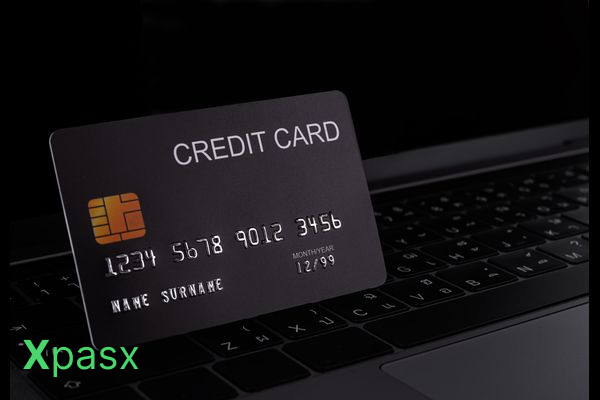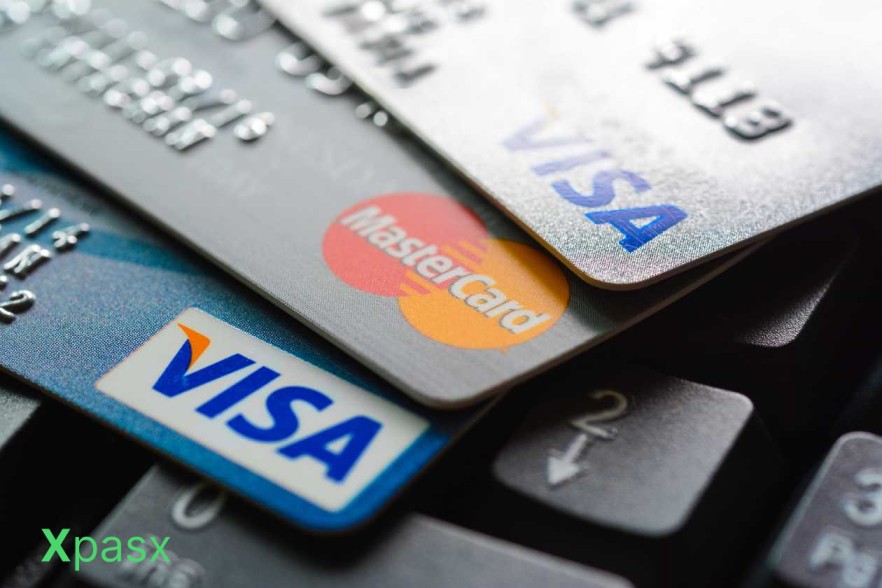Table of Contents
Credit Card Consolidation

Credit card consolidation refers to the process of combining multiple credit card balances into a single debt, often with the goal of simplifying payments, reducing interest rates, or achieving other financial benefits. This process is typically used by individuals who have accumulated high credit card debt and are looking for a more manageable way to pay it off.
In this article on xapsx, we will discuss credit card consolidation in detail.
Lorem ipsum dolor sit amet consectetur adipisicing elit. Quam obcaecati vel ad unde est illo at. Labore excepturi officia dolores!
Some Common Methods for Credit Card Consolidation
Personal Loans:
One of the most common ways to consolidate credit card debt is by taking out a personal loan and using the proceeds to pay off the existing credit card balances. This approach can offer a lower interest rate and a fixed repayment schedule, helping to simplify debt management.
Balance Transfer Credit Cards:
Another method involves transferring the balances from multiple credit cards onto a single card, often with a low or zero percent introductory interest rate. This can provide a temporary reduction in interest, allowing you to focus on paying off the principal. However, there may be fees for balance transfers, and the interest rate typically increases after the introductory period.

Home Equity Loans or HELOCs:
Some homeowners consolidate credit card debt by taking out a home equity loan or a home equity line of credit (HELOC). These loans usually offer lower interest rates compared to credit cards, but they put your home at risk if you fail to meet the repayment terms.
Debt Management Plans:
Through a credit counseling agency, a debt management plan (DMP) consolidates your credit card debt into a single monthly payment managed by the agency. The agency negotiates with creditors to reduce interest rates or waive fees, providing a structured plan to pay off the debt over time.
Credit card consolidation can be a helpful strategy for managing high-interest debt, reducing the number of payments, and potentially lowering interest costs. However, it’s important to consider the risks, such as fees, potential impacts on credit scores, and the risk of taking on additional debt. Before consolidating credit card debt, it’s crucial to evaluate your financial situation, understand the terms of consolidation, and ensure it aligns with your long-term financial goals.
Lorem ipsum dolor sit amet consectetur adipisicing elit. Quam obcaecati vel ad unde est illo at. Labore excepturi officia dolores!

What Does The Credit Card Consolidation Process Consists of?
Credit card consolidation is the process of combining multiple credit card balances into a single debt, typically with the goal of simplifying payments, reducing interest rates, or achieving other financial benefits. The process involves several steps, depending on the method of consolidation. Here’s a general overview of the process of credit card consolidation:
Assess Your Debt Situation:
Start by evaluating your current credit card debt. List all your credit card balances, interest rates, and monthly payments. This will help you understand the total amount you owe and determine which consolidation method is best for you.
Choose a Consolidation Method:
There are several methods to consolidate credit card debt, including personal loans, balance transfer credit cards, home equity loans or lines of credit, and debt management plans. Choose a method that aligns with your financial goals, creditworthiness, and repayment capacity.
Research and Compare Lenders:
If you’re considering a personal loan, home equity loan, or balance transfer credit card, research different lenders or credit card issuers. Look for competitive interest rates, low or no fees, and favorable terms. Check customer reviews and ensure the lender is reputable.
Apply for Consolidation:
Once you’ve selected a consolidation method and lender, complete the application process. For personal loans, this involves providing personal and financial information, while balance transfers require you to transfer balances to a new card. If you’re using a debt management plan, you’ll work with a credit counseling agency to set up the plan.
Use the Consolidation to Pay Off Credit Card Debt:
If you’re approved for a personal loan, use the funds to pay off your credit card balances. With a balance transfer card, transfer your existing credit card balances to the new card. For a debt management plan, the credit counseling agency will manage the payments to your creditors.
Follow a Repayment Plan:
Once you’ve consolidated your credit card debt, follow the repayment plan associated with your chosen method. For personal loans and balance transfer cards, this involves making regular monthly payments. For a debt management plan, you’ll make a single monthly payment to the credit counseling agency.
Monitor Your Credit and Finances:
After consolidating, monitor your credit score and financial progress. Avoid accumulating new credit card debt, and focus on paying down your consolidated debt. Consolidation can impact your credit score initially, but responsible repayment will help improve it over time.
Credit card consolidation can be an effective way to manage debt, but it’s important to understand the terms and conditions, as well as the potential risks. Consider consulting a financial advisor or credit counselor if you’re unsure which consolidation method is best for you.
Lorem ipsum dolor sit amet consectetur adipisicing elit. Quam obcaecati vel ad unde est illo at. Labore excepturi officia dolores!

Bottom Line
Credit card consolidation involves combining multiple credit card balances into a single debt, typically to simplify payments, reduce interest rates, or manage debt more effectively. This process can take various forms, including personal loans, balance transfer credit cards, home equity loans or lines of credit, and debt management plans. The main goal is to create a manageable repayment plan and potentially reduce overall interest costs.
The process of credit card consolidation generally starts with assessing your current credit card debt, including balances, interest rates, and monthly payments. Next, you choose a consolidation method that aligns with your financial goals and repayment capacity. Common methods include taking out a personal loan to pay off credit card balances, transferring credit card balances to a new card with a lower or zero percent introductory rate, or entering a debt management plan through a credit counseling agency.
Once you’ve chosen a consolidation method, you need to research and compare lenders to find the best terms, rates, and fees. After applying for consolidation, you use the loan or balance transfer to pay off your existing credit card debt, effectively consolidating it into one manageable payment. The final step is following a repayment plan to ensure you meet your obligations and avoid accumulating new debt.
Credit card consolidation can be beneficial, but it’s important to understand the potential risks and drawbacks, such as high fees or longer repayment periods. Monitoring your credit score and financial progress after consolidation is crucial, as it can impact your credit initially but improve with responsible repayment. Consulting a financial advisor or credit counselor can be helpful when determining the best consolidation method for your situation.
- If you wish to learn more about loans visit our page on loan.